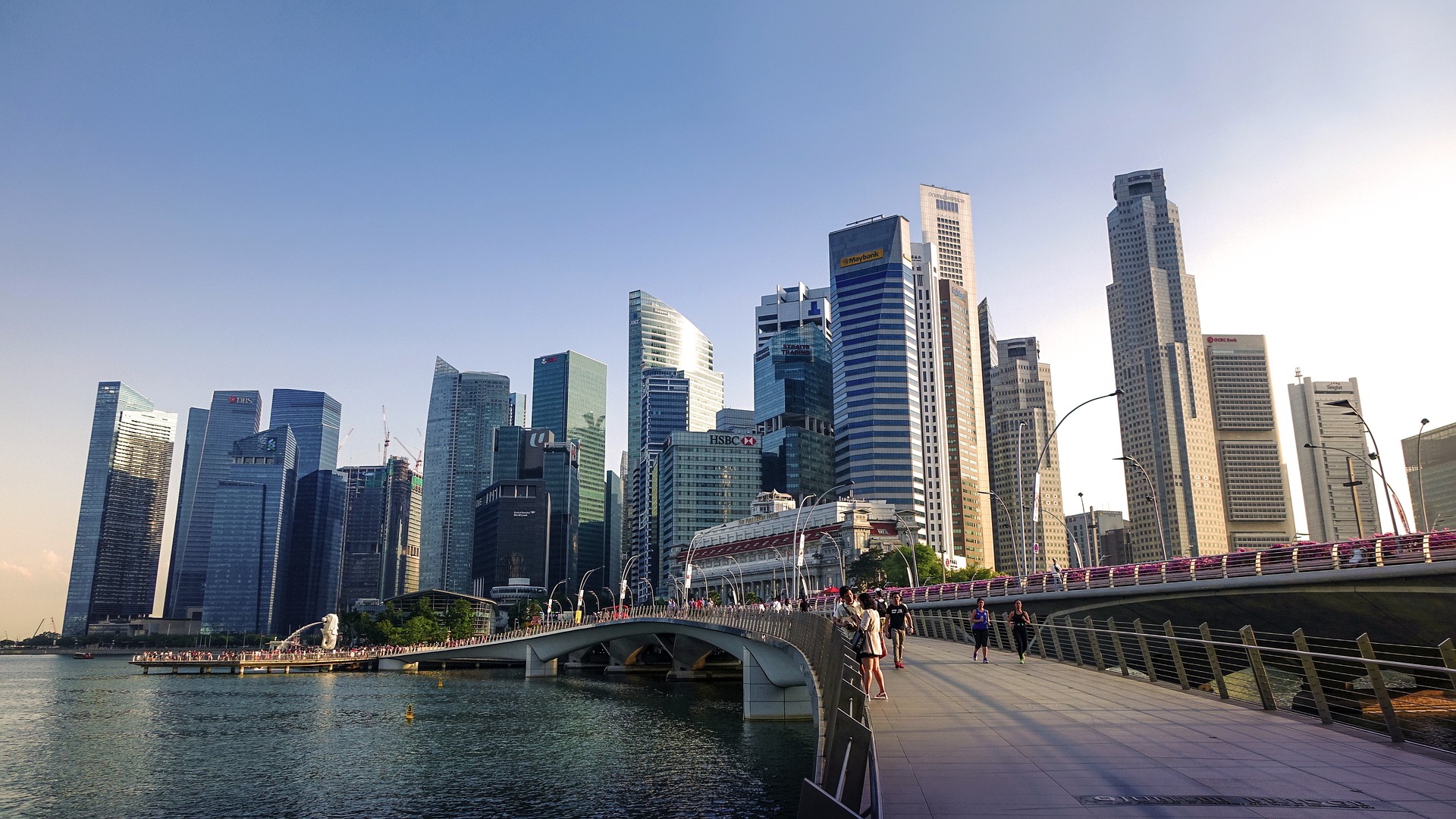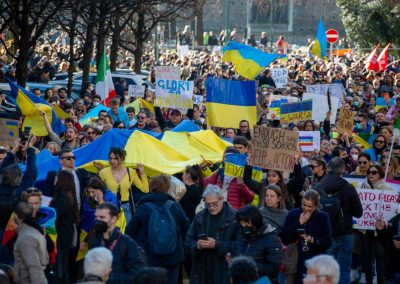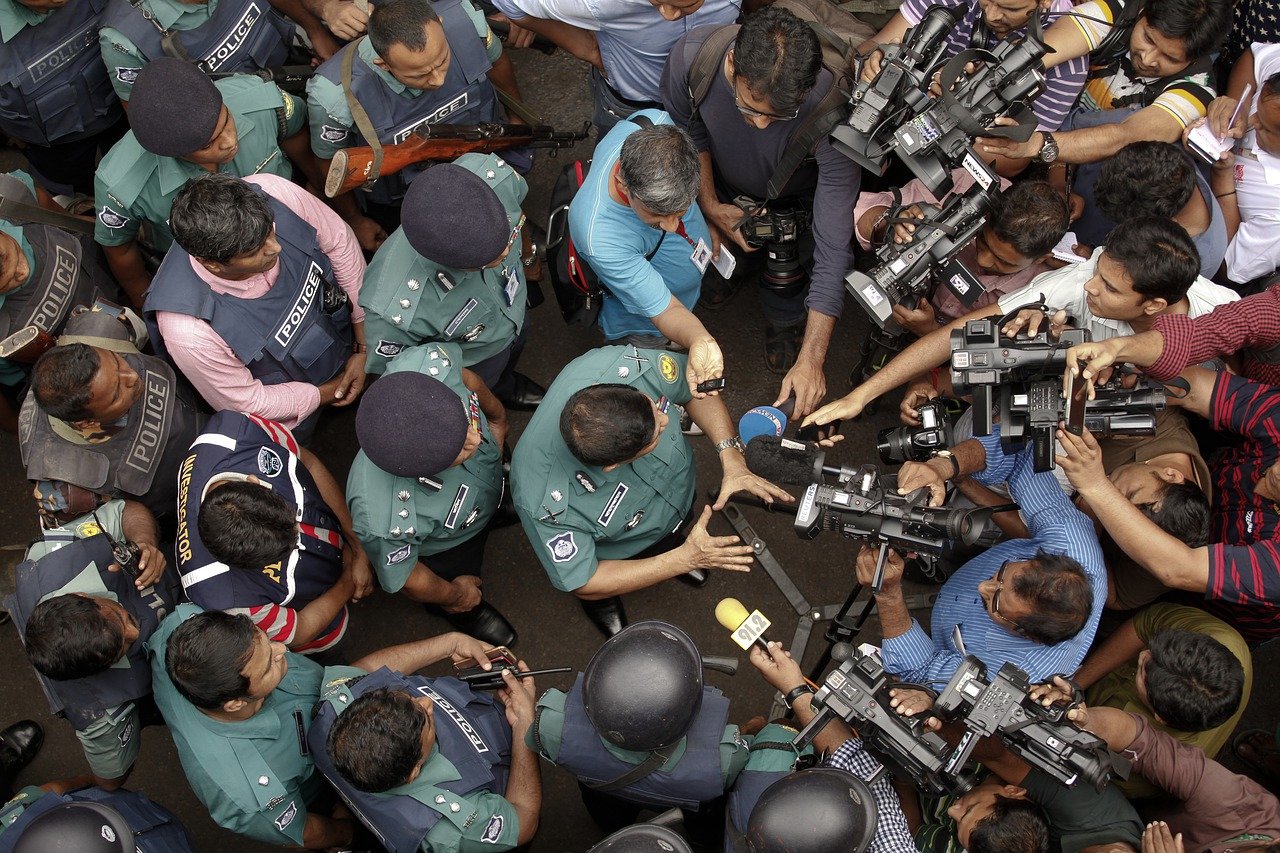It’s not for therapies or the health system. Facing Covid-19, Singapore is inspiring lots of countries for the effective communication between institutions and citizens.
When Singapore confirmed its first case of Covid-19 at the end of January, people immediately tought of their SARS experience back in 2003, or the swine flu pandemic in 2011. The population started to panic, and Singaporeans raided supermarkets for instant noodles. But it didn’t took long to calm down, despite the city-state had become the worst hit country outside mainland China by mid February.
The health emergency is not over, but communication played and continues to play a decisive role in supporting public response. Singapore is a little country (5.6 million inhabitants only), but not easy at all. Population density is really high, with 90% of people living in high rise buildings, and the cohabitation of different ethnic groups and religions hasn’t been always peaceful. The many migrant and worker dormitories add complexity, as the fact of being a global travel hub.
During his keynote speech at Coronavirus Speaker Series by Global Resilient Cities Network, professor Jeremy Lim from National University of Singapore explained the government strategy to fight Covid-19 included three main action items: the full continuity of essential public services, the introduction of strict social distancing measures (but not a complete lockdown), the ramp up of healthcare capacity and prompt infection tracking via mobile app TraceTogether.
The plan is valid until June 20th across the Circuit Breaker Period, and it is constantly revised and updated. “Creativity is needed to solve problems as they arise”, said Lim. “Covid-19 is a ‘new war’ and new solutions are being discovered in real time by experience and learning from others”.
Leaving aside the quality of the health system, we have to admit Singapore response was not particularly innovative if compared to other countries. Where’s the difference, then? Let’s point out public communication – transparent, simple and clear from the very first day. Have a look at the video by PM Lee Hsien Loong, inviting Singaporeans to be “united and resolute in this outbreak”, and to “stay calm and carry on with our lives”. Read the statements by Ministry of Education, telling why schools remain open and which measures are implemented to safeguard students and teachers.
Singapore is not immune to misinformation and fake news, but a dedicated taskforce managed to mitigate adverse effects by spreading correct information via WhatsApp in the four official languages. Cartoons featuring Professor Fisher contributed to the de-bunking effort, sharing advice and suggestions to prevent or face Covid-19.
Government communications have always been supported with ‘social nudges’, thus favouring active citizen engagement instead of putting penalties forth. Media did their job with moderate titles and tones, sticking to facts. Just notice the infographics by Straits Times, the most popular newspaper, or the articles by Today Online and Mothership Singapore to understand how Covid-19 news are being reported.
It’s hard to export the ‘Singapore way’ as it is, since most Western countries do not have the same demographic, social and economic environment, and they lack a cultural setting that endorses the respect of rules and the attention for public good.
But it is interesting to learn that public communication is working well in Singapore as there is a fertile ground, where citizens trust their government and local institutions – this was acknowledged by Edelman Trust Barometer 2020, published before Covid-19 pandemic.
We can wrap this up by recalling one of the golden rules of reputation management: credibility of public and private organisations is built over time by behaviours and actions, and enhanced (not replaced!) with a careful and focused communication. Those who act responsively and communicate efficaciously can gain trust and become an authoritative source of information, attracting consensus and participation.




